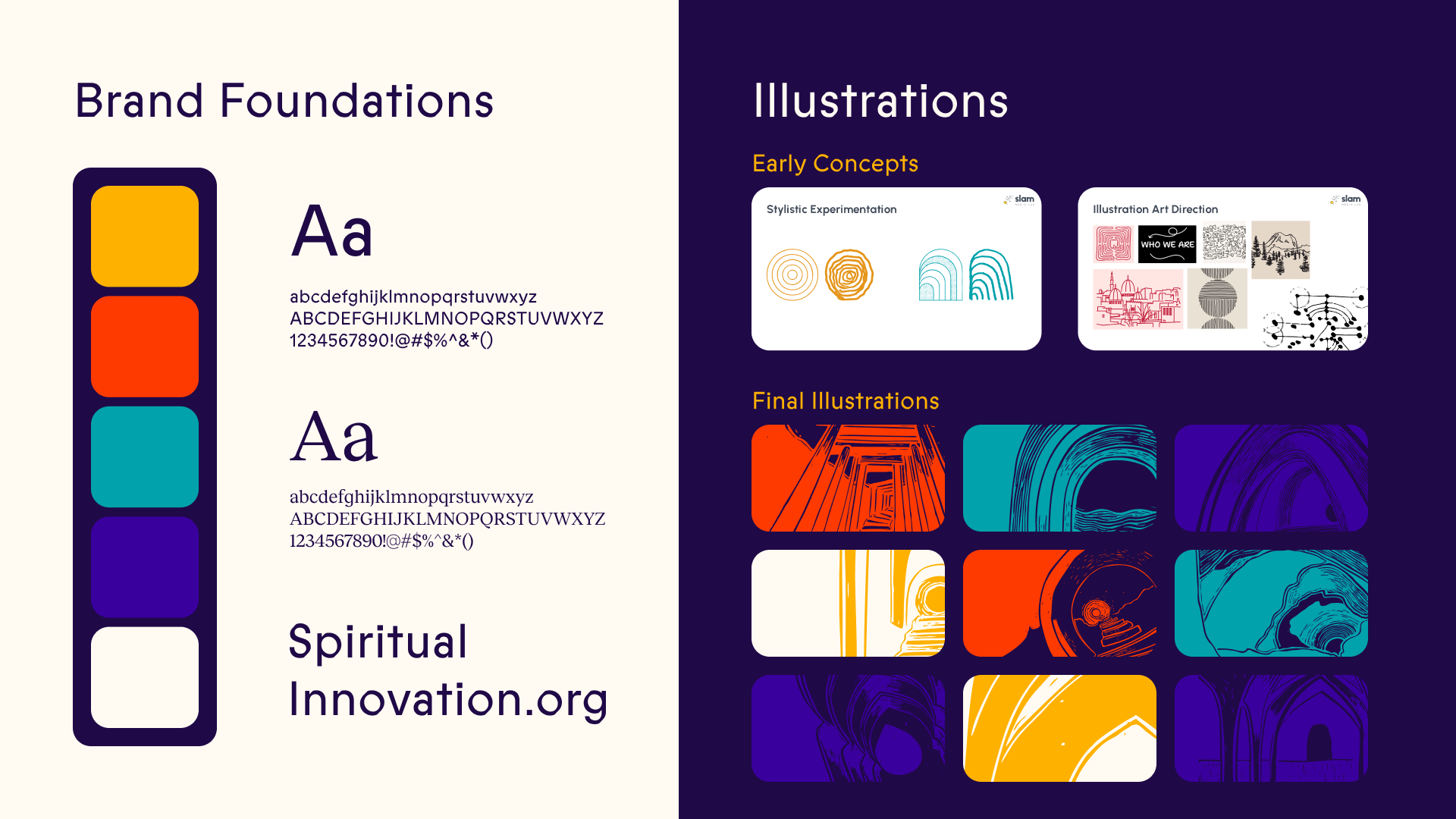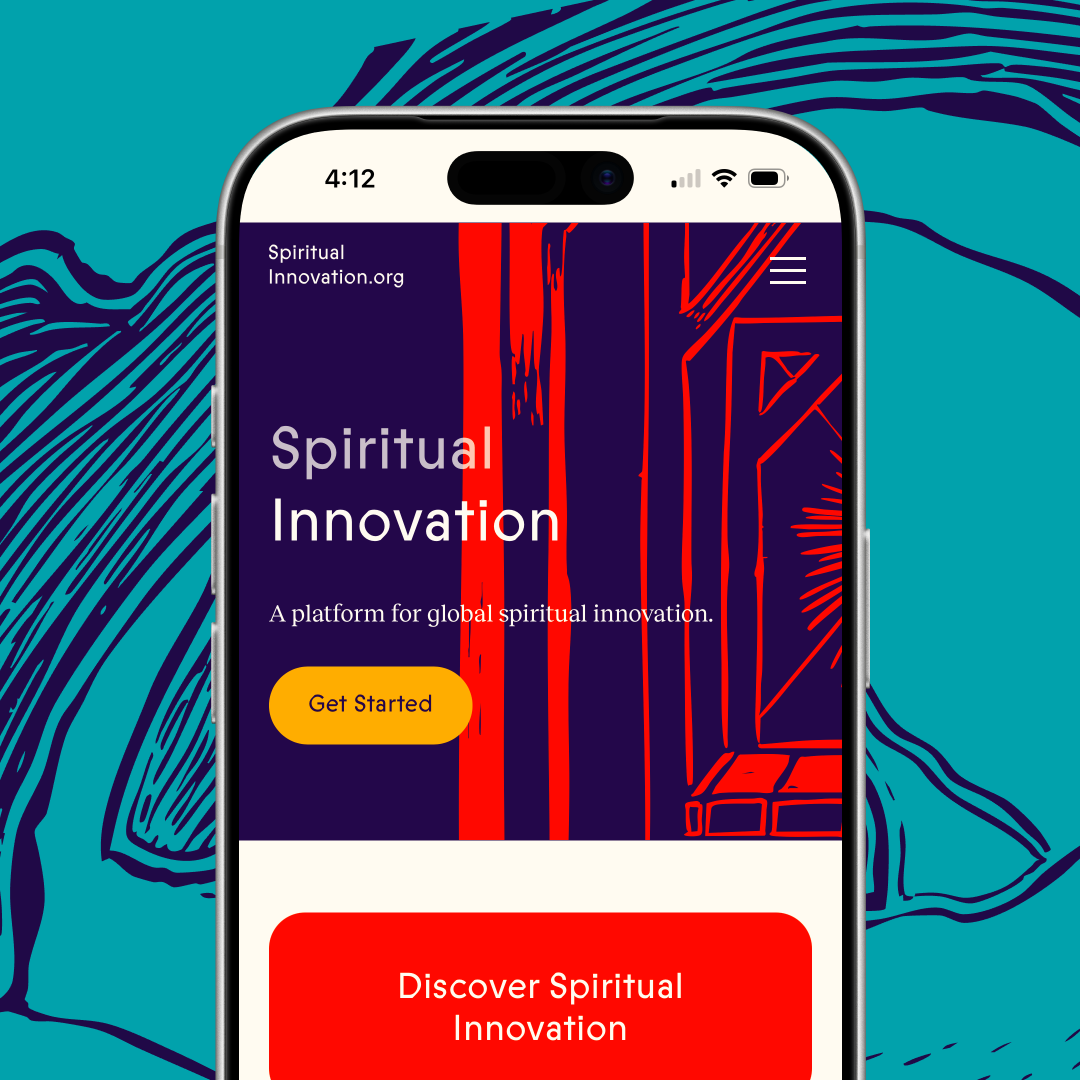
SpiritualInnovation.org (Sacred Design Lab)
Sacred Design Lab explores the changing landscape of community and spiritual life. Born from research at Harvard Divinity School, they work with divinely restless, intellectually curious, and entrepreneurially practical leaders to design the spiritual infrastructure of the future. They created SpiritualInnovation.org, a digital platform connecting spiritual innovators with resources, mentors, and community through videos, articles, podcasts, toolkits, and a directory of practitioners doing similar work, all organized around user journeys rather than topics.
The TL;DR
A research-backed platform giving modern spiritual leaders the tools, guidance, and community they need to build meaningful spiritual life today. See how we built it!
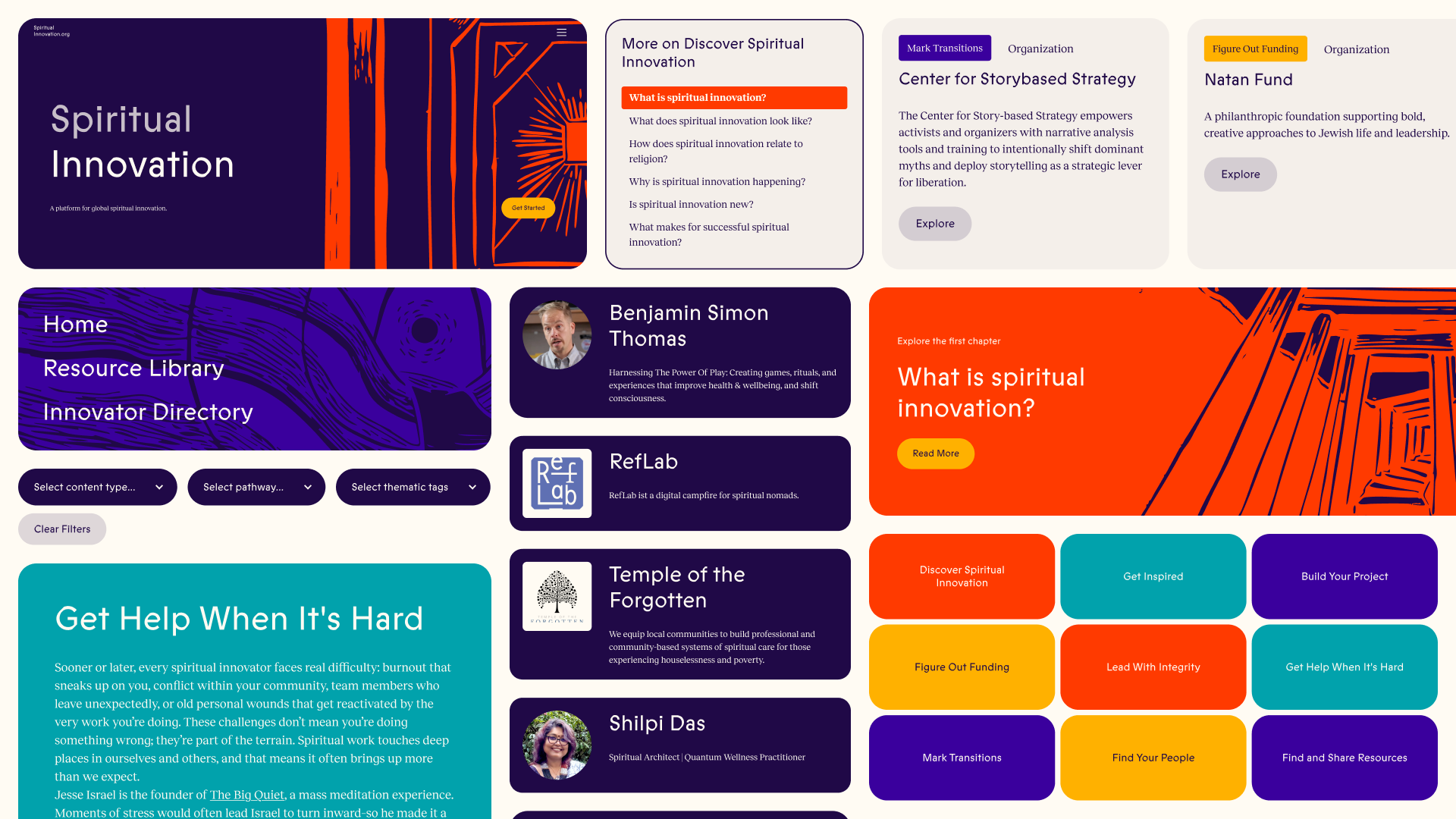
The Challenge
How do you organize hundreds of resources so people can actually find what they need?
Sacred Design Lab wanted a digital platform for spiritual innovation. A resource hub that would serve practitioners, researchers, and community leaders, each at different stages of their journey.
The content existed. The organization didn't.
Most platforms dump everything into categories and hope users find what they need. That approach fails. People give up when they can't quickly answer: "Is this for me?" Sacred Design Lab also wanted interactive navigation. Something that would guide users based on where they were in their journey, not just what topic interested them.
Angie Thurston, Executive Director, wanted something "genuinely useful to the field." Not a digital brochure.


The Journey
The Solution
A platform that scales personal connection and support
Hundreds of people told us at launch that something worked. But the real test was whether spiritual innovators could find each other without Sacred Design Lab in the middle.
The directory became the answer. Innovators submit their profiles through a form. Sacred Design Lab reviews and approves. Profiles appear automatically, tagged with the same pathway system as the resources.
Looking for a Buddhist practitioner in the Bay Area working on funding models? The directory surfaces them. The filtering works the same way as the resource library—by tradition, location, type of work, and pathway needs.
We built the onboarding flow to ask: what do you need help with? What would you like to offer? The platform uses those answers to recommend connections. Someone seeking relational support doesn't see random profiles. They see people whose work aligns with their needs.
The system removed Sacred Design Lab as the required intermediary while keeping quality control. Connections happen directly. The community grows itself.
A library that scales
Users self-identify their needs. The platform surfaces relevant content immediately. No scrolling through irrelevant resources. No guessing if something matches their experience level.
Each resource card shows format, pathway tags, and a short description. Enough to decide if it's worth clicking. Not so much that cards overwhelm.
The system scales. Sacred Design Lab adds content monthly. New resources get tagged. They appear in filtered searches automatically. The Airtable-Webflow sync means updates flow both directions.
Portals into new paths
The homepage grid presents nine entry points. Bold typography. Distinct colors. Each paired with one of Ailen's portal illustrations—arches, thresholds, passages showing depth and movement.Click "Get Help When It’s Hard" and you enter that pathway. The page opens with accompaniment copy that validates where you are: we see you, this is hard, you're not alone. Below that, curated resources tagged to that specific need. Below that, the full filterable library.
The portal metaphor solved the prescription problem. We weren't asking users to self-identify their "stage" or "role." We offered thresholds. You choose which one to walk through based on where you are right now. Next month, you might enter through a different portal. The system doesn't lock you into an identity.
Each pathway uses a different portal and color combination. The visual system creates coherence across hundreds of pages without feeling repetitive.
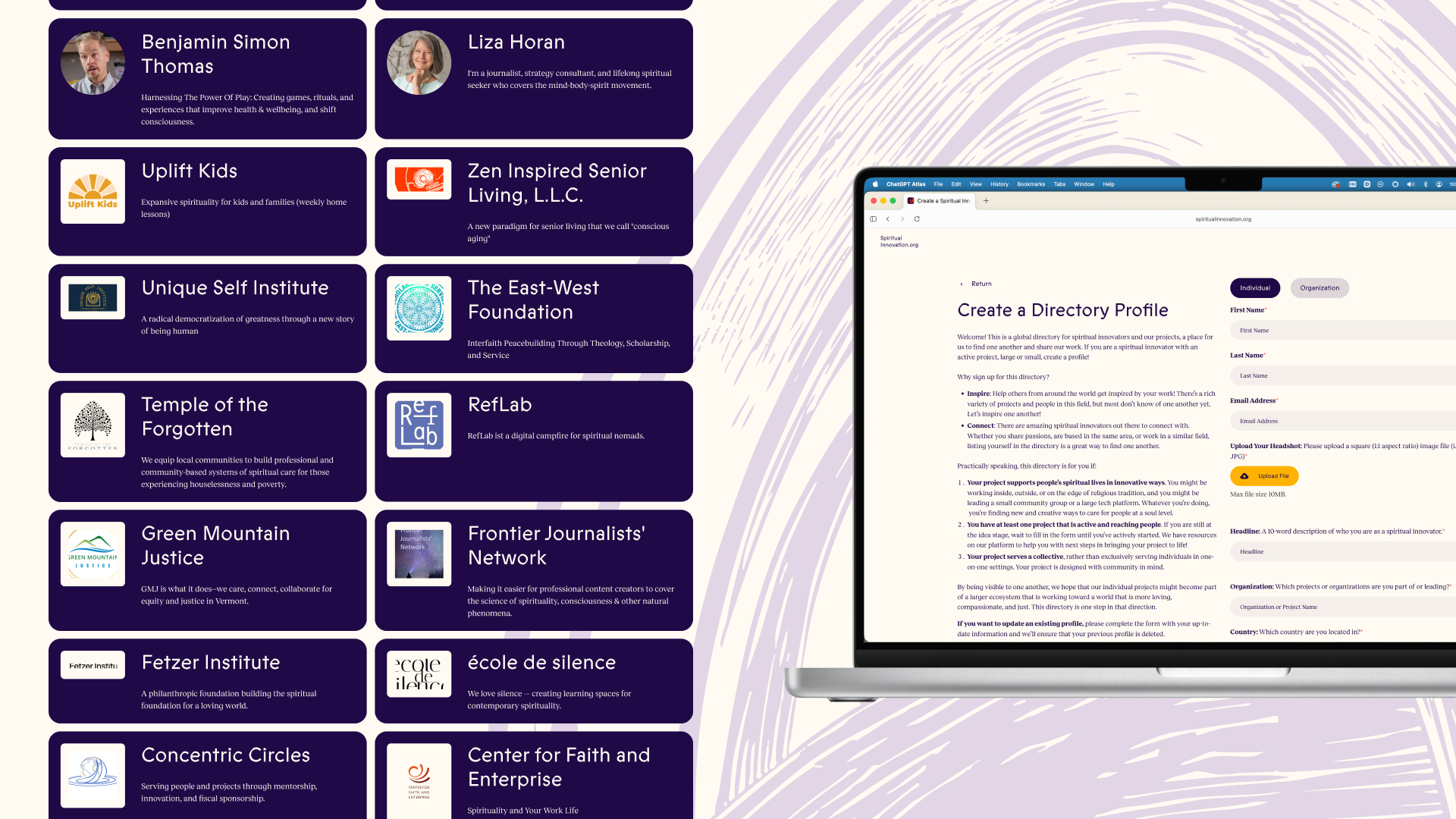
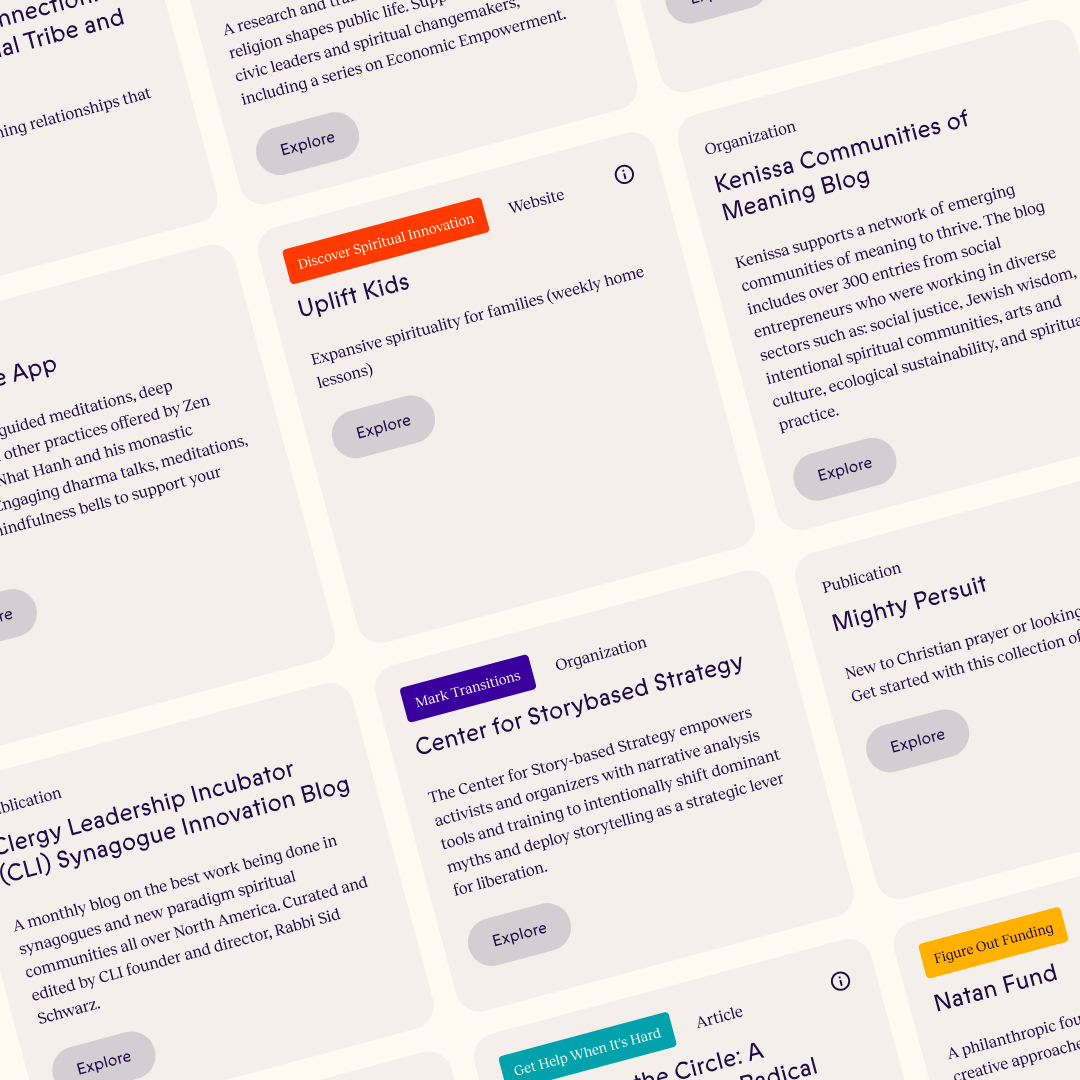
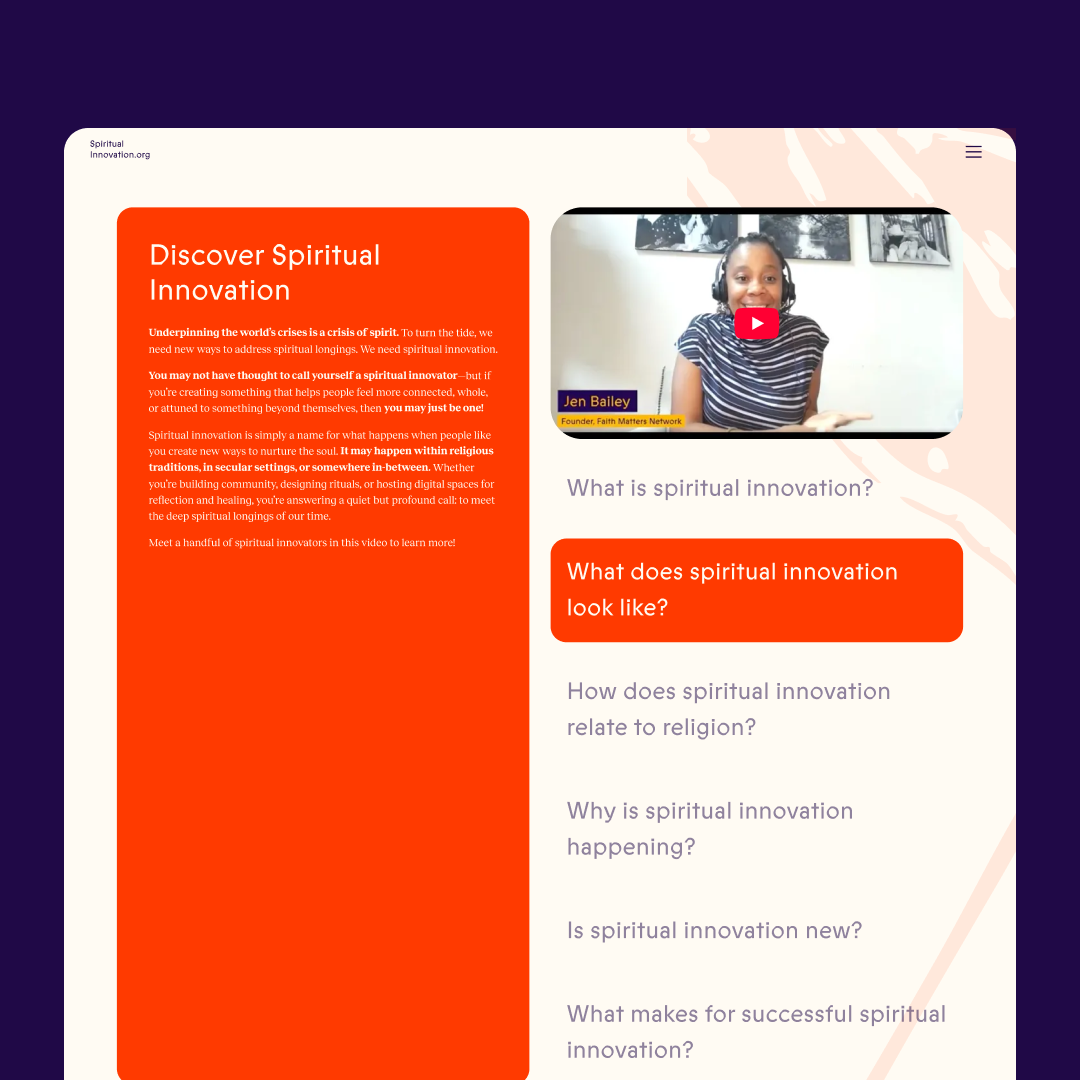

Hear What Our Client Has To Say

THANK YOU KYLE for everything you've done to get us to launch day! We have a gorgeous, functional new website that we are so excited to share with the world, and that I think will be genuinely useful to the field.
Sparked Your Curiosity?
Read more of our case studies and learn about how we slam, so you can jam.
Let's Slam!
We move fast. We pay attention to details, care about your work (we’re your first call when you need it the most). Our goal is to help you succeed.Schedule a meeting — let's get the ball rolling!

